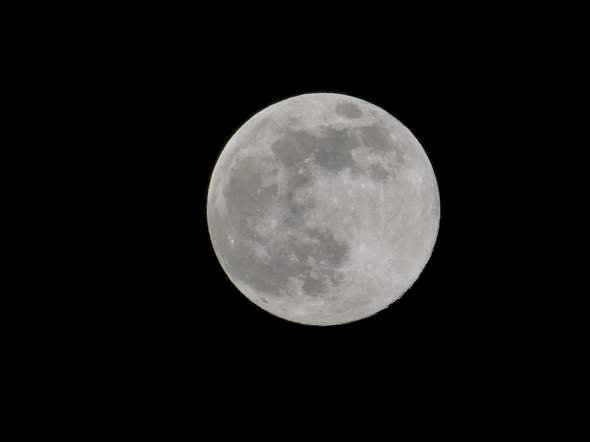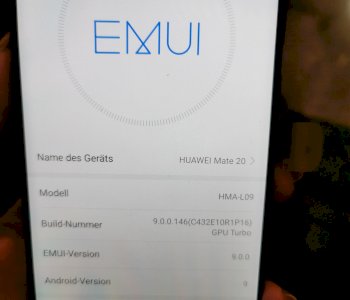Is it possible to take pictures of the moon / stars with a cell phone?
I like to look at the stars and when the moon is full I always sit in the garden and enjoy looking at it for 30 minutes… Recently I really wanted to take pictures of the moon, but on my cell phone camera there's only a huge spot of light in the sky and that You don't see stars anyway. Are there any cell phones with a really good camera or do you somehow need a professional camera for something like that? (have a huawei)
The brand is much less important than the model.
To see the moon, you should lower the brightness a little. Then it is no longer overexposed.
Night mode may help with the stars, the sensors of the Huawei cameras are relatively large. If you can't cope with it, there will hardly be any smartphones that do it much better. Only a camera with a large sensor and bright lens can help.

So you first need a zoom to get close enough that you can even recognize something. So exposure if you have one per mode down. As deep as it gets. Best iso200 or lower. A cell phone does not bring these values
You have to set the exposure time. So just try what looks best
To the picture. Is with ned compact camera with 30x optical zoom. It took me a long time to find out which settings I have to make
You would need a camera with an optical zoom, that is, a mechanical zoom. With a very good resolution and a good camera, it works at least with the moon or maybe with the digital zoom of the cell phone.
In order to photograph stars, you definitely need a camera with which you can set the exposure, ISO value, … Manually, and a tripod, as you have to expose longer, about 15-20 seconds. No longer, since the earth is rotating and the stars then turn into lines, you can tell from more than 20 seconds. And every minimal blur, which you might not even notice yourself, can be seen directly in the photo. So be sure to get a tripod if you want to take pictures in the dark!
With a good cell phone camera this could also work, but as I said, you have to switch to manual mode, expose longer and need a tripod.
To photograph stars, it is best to find a dark place outside the city and as far away from strong lighting as possible. It works well in the city too, but the so-called light pollution is noticeable, the night sky is not black in the photo, but rather gray to brownish.
In order to photograph stars, you should already be exposing them for 15-20 seconds (if you want a really beautiful starry sky and not just the few brightest stars), the night mode can't do that. Therefore you need a tripod.
They would become visible even in less time. You can't expect more from a cell phone.
Cell phones can knock everyone in the bin. Just because of the focal length, it doesn't work that you get a decent photo of the full moon. A small stain remains and a cell phone also rustles properly.
For this you need large focal lengths. The light intensity is not important for a full moon. Full moon can even be photographed out of hand. Landscapes etc with stars are not. But a tripod is always better. If the moon is too bright downward exposure compensation or equal spot metering on the moon.
Yes, you can see the brightest in under 10 seconds. But if you want smaller ones and a really nice night sky, I recommend longer exposure times. But also not more than 20 seconds, since the earth rotates and the stars then become streaks of light.
You can actually take pictures of the stars with almost any cell phone, the prerequisite is that the cell phone has at best a night mode, is attached to a tripod and the most important thing: that you are in a place with low light pollution. You can look at this map:
https://www.lightpollutionmap.info/
If the phone has no night mode, you have to make the settings in manual mode so that the picture is bright enough. And then take several photos in a row (for some mobile phones, you can do this by simply holding the release button). The images are then added together later on the PC in the Sequator software.
For the moon, you ideally need a cell phone that can zoom at least 5x losslessly like a P30 Pro. Otherwise there's only pixel mud when zooming in. To zoom in really close to the moon, you need at least a 10x zoom and you can only get that in high resolution with a real camera.


